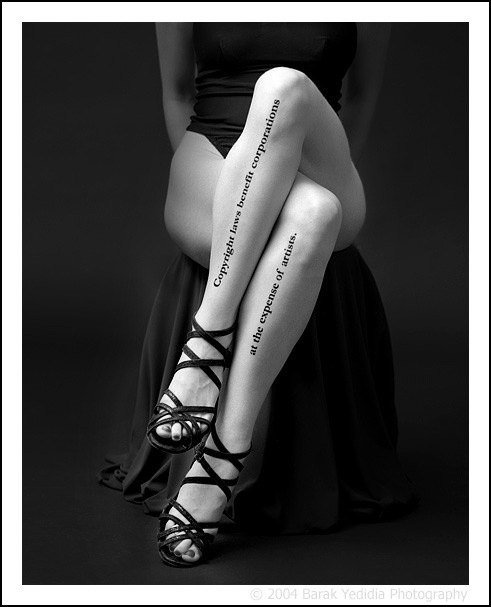



When copyright law was first enacted in the United States in 1790, it was designed and intended encourage artists to create by giving them a limited monopoly over the distribution of their work for 14 years, with the option of renewing the copyright for an additional 14 years. US copyright was modeled on the Statute of Anne of 1710 of Great Britain, prior to which booksellers held the monopoly over distribution of work in perpetuity. The Statute of Anne imposed strict limits on the term of the monopoly. The framers of the Constitution felt that the duration of copyright should be restricted in order to serve the public interest.
The publicís interest and artistsí interests are served by the public domain. One major effect of the public domain is to allow people to see works that the author no longer has the ability, means or interest to continue to promote. This can keep artworks from disappearing completely. Another major effect is that people can use plot elements, images, motifs etc. from a work in the public domain in their own artwork. Think of all the artwork that refers to or uses the Mona Lisa, or movies or plays based on Shakespeare. Frankenstein and Dracula movies were based on public domain works. The public domain can be a vast resource of inspiration and source material for artists. Lastly, with works constantly coming out of copyrights held by publishing houses, publishers must court living working authors to stay in business.
A couple of factors have conspired to eviscerate the public domain. In 1908 the Berlin Act set the duration of copyright at life of the author plus 50 years. In 1998, the Sonny Bono Copyright Term Extension Act extended that another 20 years. There are few beneficiaries to the extension of the life of copyright except for the wildly successful franchises such as Disney.
Copyright law is now vigorously protected only by a powerful few. The Recording Industry Association of America (RIAA) sues unknown teenagers and seniors for sharing unknown tracks of music on file sharing networks. American Society of Composers, Authors, and Publishers (ASCAP) sues small music venues for allowing musicians to cover songs written by ASCAP members. The musicians that have supported the RIAAís and ASCAPís actions tend to be the ones that benefit the most from record contracts, i.e. those who have been packaged and marketed by recording labels and are not known for their musical talent. Disney vigorously sues artists that use Mickey Mouseís image. Individual artists who cannot afford to fight corporations, do not.
Copyright law properly written and enforced, can protect the rights of artists. But as it is currently written and enforced, the primary beneficiaries are the large corporations.
[ Home
| Naked Truths ]







